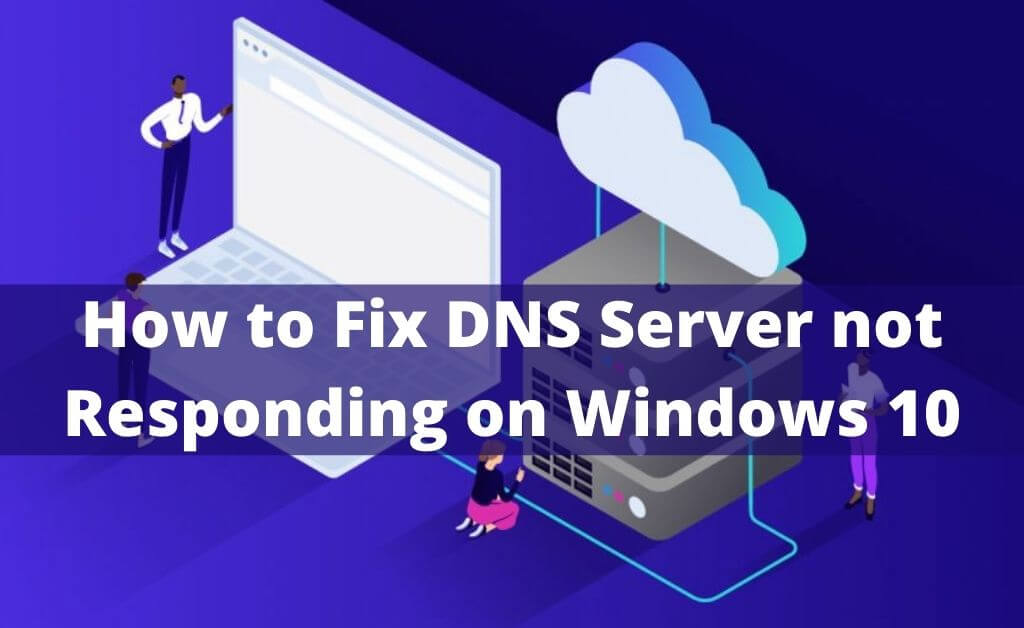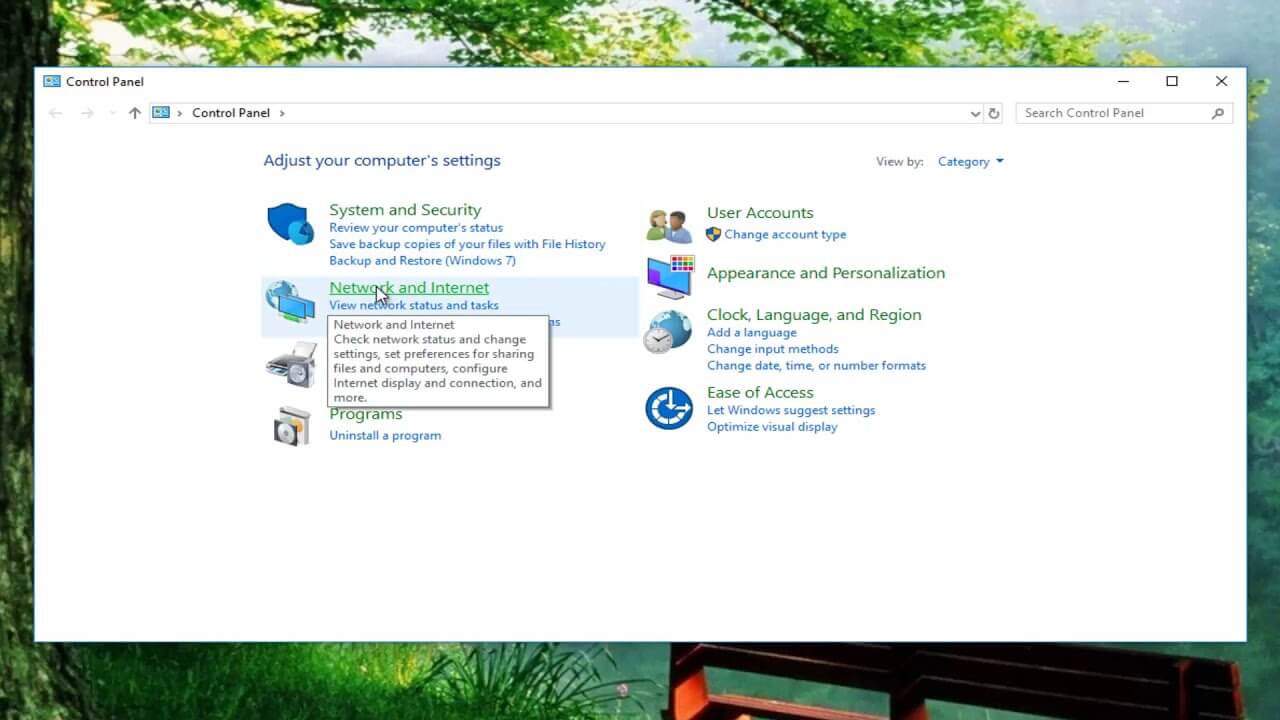You may have come across a message stating DNS server not responding when you fail to get a stable internet connection. Domain Name Server is the service provider of name resolution for different internet providers all over the world. This error can be seen in various versions of Windows which are Windows 7, Windows 8.1, and Windows 10. Such a problem seems to have no source which you can fix in no time. Instead, it may appear to be a very complicated issue with no solution at its peril. However, with the proper hacks, it’s no big deal.
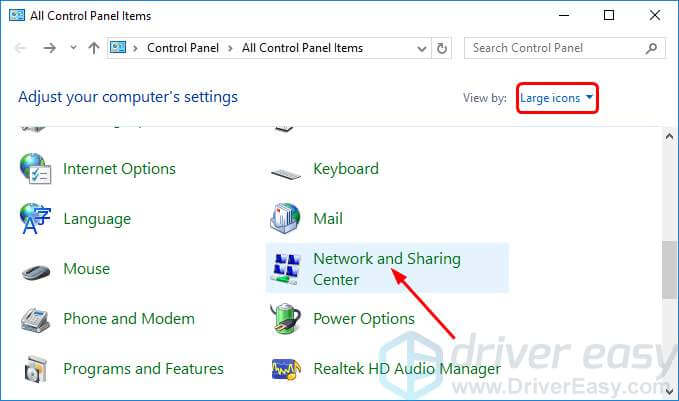
To make the things easier for you to understand, we have listed some stepwise guide that will help you to get rid of this problem instantly. Follow the article carefully and never miss a step, otherwise, the solutions will not do the job properly.
Table of Contents
Reasons Operating Behind DNS Server Not Responding Windows
There are several reasons that are most probably the causes of concern for your internet connection issues. We have listed them down below.
-
Unethical Internet Service Provider
The most possible reason for receiving the issue DNS server is not responding. The error is mostly dependent on the service provider than the user.
-
Inappropriate TCP/IP OR DHCP Services
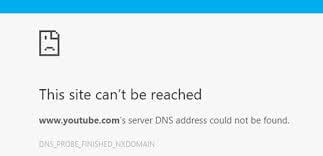
Improper testament of the Dynamic Host Control Protocol and IP configurations can also be blamed for this error code in DNS server not responding wireless.
-
Antivirus application or the Firewall
You cannot rule out the involvement of the antivirus or the Firewalls. They both can be responsible for blocking of internet content resulting in Windows 10 DNS server not responding.
-
Broken or damaged router and modem
If you are making use of any routers which is very old or is broken, then you can expect such a problem. If that’s the case, then we recommend you to replace them and then ensure that the problem is resolved.
Fixes For The Error DNS Server Not Responding
The fixes for DNS server not responding Windows 10 wifi are listed right below.
1. Fixing the TCP/IP and DHCP services
The TCP/IP software that prevails under your Operating System can start malfunctioning to show you the error. Restart your system and check if the error persists. If not then you may choose to run the TCP/IP utility programs that can reset the IP address configuration settings. In a similar fashion, as the TCP/IP networks make use of DHCP to provide the IP address for their clients. So an anomaly in that part can result in such errors. Nevertheless, if you are facing such errors, then restart your system to solve the problem.
Verify that your network has DHCP enabled, if not, then enable the same as in some cases it is the reason behind the DNS server not responding.
2. Internet Service Provider Issues
In emergency cases, Internet service providers may choose to turn off the DNS servers. Then it will result in the display of such messages on your screen. Contact your Internet provider to resolve the matter with mutual understanding.
3. Configuring The DNS Settings
Another handy method to get rid of your problem DNS server not responding is to alter the settings of the DNS server. This is one of the most effective methods to remove the error message. Most importantly this method does not harm your system nor does it interrupts the functioning of the Operating System. We recommend you to use this method if your issue still persists, even after the first solution.
[full-related slug1=”dns_probe_finished_no_internet” slug2=”fix-dns_probe_finished_nxdomain-error”]
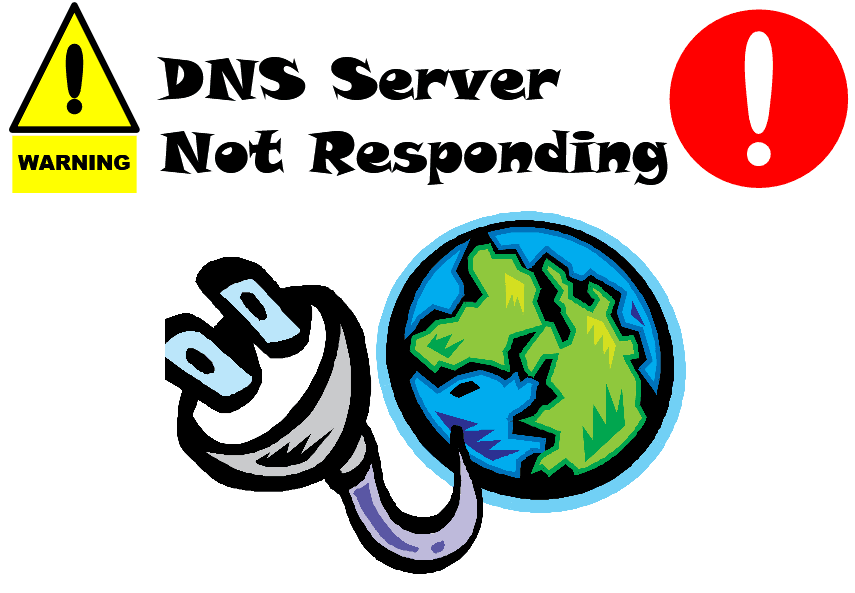
In the beginning, open the command prompt by pressing the Windows + R keys together. Then enter the command cmd.exe and then hit the Enter key from the keypad. Then type the following commands one after the other.
- ipconfig( /flushdns; /registerdns; /release; /renew) -> Enter
- netsh winsock reset -> Enter
Restart your system thereafter. If your problem still persists, then check your antivirus and the firewall about which we have discussed below.
4. Examining the Antivirus and Firewall
The work of the Firewall application is to block the harmful data from entering the internal network system. If you are browsing any sites or trying to browse any harmful site, then you may receive this error code as soon as the Firewall starts blocking the data. Disable the Firewall application to eliminate the problem.
Many antivirus software is also responsible for unresponsive DNS servers. These software tend to work like Firewall applications blocking malicious data from time to time. You need to turn them off as well in order to overcome the problem. Sometimes the antivirus may block normal internet connection as well.
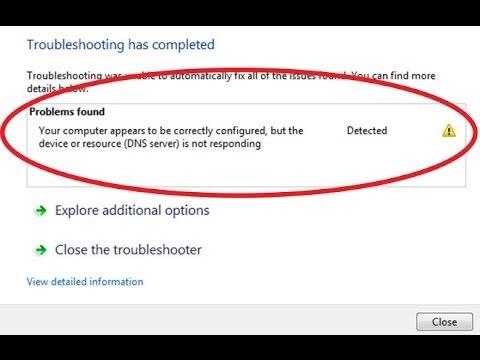
If some mishaps occur with these updates, then the antivirus may think that some kind of computer virus has affected your system and trigger a false alarm. The Windows Operating System will instantly display the error message when the alarm is triggered. You can ensure that whether the error is really true by disabling the antivirus application first. Then run the Windows Network Diagnostics. If you find that the problem is occurring due to your antivirus then you must get in touch with the specific vendor and inform them about the issue.
5. Replace an Anomalous Router or Modem
A malfunctioning router can trigger DNS server not responding. So you can either acquire the services of a technician and see if he or she can repair your router or else you must replace your old device with a new one. You can also restart your router or modem at least once and check if it can eliminate the error. Check the ethernet ports of the router if they are broken or not.
Other Causes And Fixes That May Work To Solve DNS Server Not Responding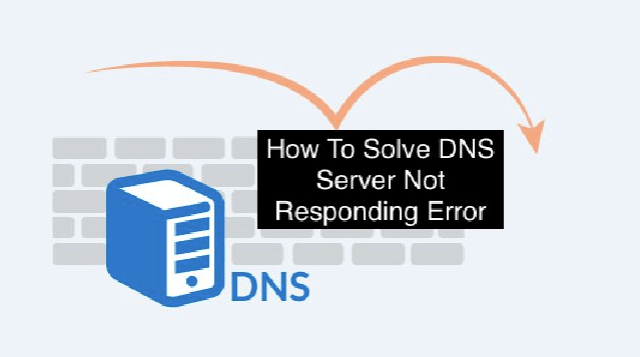
We have listed some extra fixes to fix the error. Check them out if the above-mentioned efforts do not contribute to your cause.
1. If the problem is in the looking up of names, there must be an A record for every static IPv4 system, an AAAA record for every static IPv6 system, an NS record for every nameserver, an MX for every mail server, a PTR for every back-pointer from address to name, a valid timeout, a valid record version and a few other fields. It is a good discipline to have forward records store it separately from back pointers. In BIND, you would have one name-to-IP file and one IP-to-name file per domain. Other systems use internal or external databases.
2. When the problem lies with DNSSec and forwarding queries to other nameservers, then the other nameservers have to know you are going to perform secure DNS transactions. This is nameserver-specific. It should list all the nameservers you use, in the order, you wish them used, with your static host’s file being last unless that is the definitive file for some names., in which case it should be first.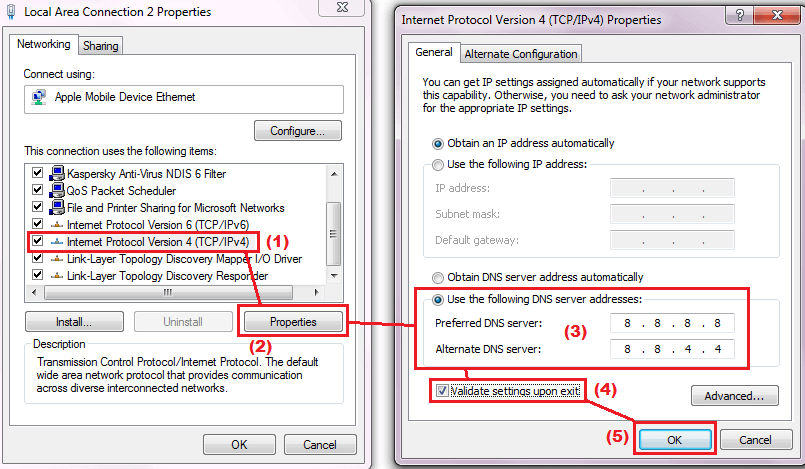
3. If the problem is with choosing a DNS server for Linux, BIND9 is the most advanced but the least trustworthy due to the enormous codebase and complexity. However, if you are running a large network, it is probably the best option. For small to medium networks, DJB’s DNS server is faster, smaller, more secure and barely documented anywhere. However, it is the only one available to use.
4. For all other cases, if there is a Webmin module for that server, that will probably help. Beyond that, read the log files, the fine manual and then check one of the standard technical booksellers to see if they have anything for that software.
Related Blog : Error 404
Frequently Asked Questions:
How do you reset your DNS server?
Where can I find my DNS settings?
How do I reset my Internet connection?
In case you find your DNS server not responding you can take help from us at [email protected] or go to the Techcloud7.org
